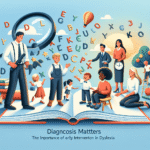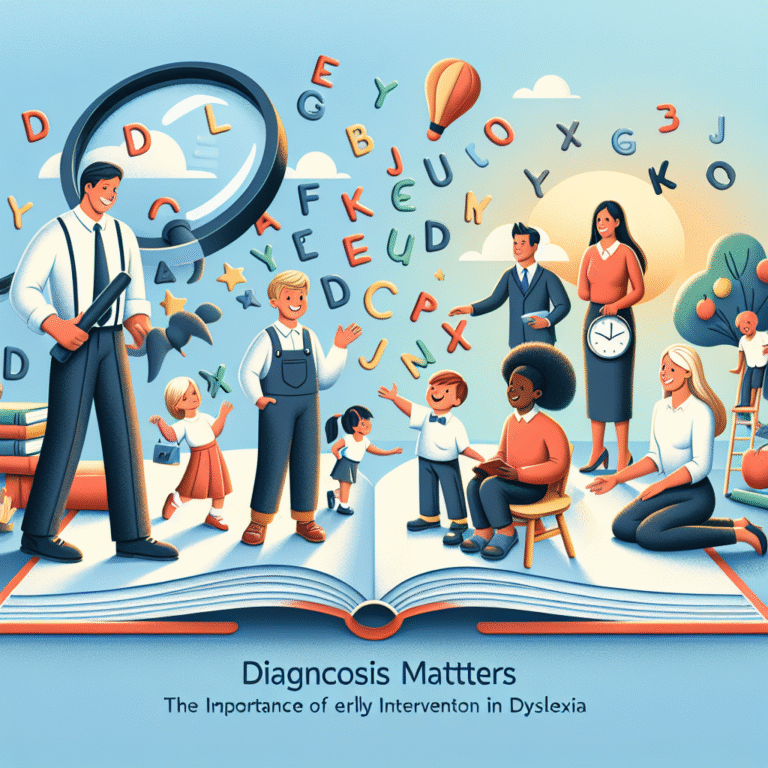
Introduction
Imagine standing on the precipice of despair, where every decision feels daunting and the way forward appears obscured by clouds of confusion. In moments like these, effective crisis intervention can act as a guiding light, steering individuals away from the cliff of risk and towards the shore of recovery. Crisis intervention: bridging the gap between risk and recovery is not just a nuanced phrase; it’s a vital framework that empowers individuals in their darkest moments, transforming crises into stepping stones for future growth.
As we delve into this crucial topic, we’ll uncover essential strategies, real-world case studies, and practical applications that illustrate the transformative potential of crisis intervention. This article will equip you with the insights and understanding you need to appreciate and implement effective crisis intervention techniques, not only for yourself but also for those around you.
Understanding Crisis Intervention
What is Crisis Intervention?
Crisis intervention is a structured approach aimed at assisting individuals in overcoming immediate psychological emergencies. Rather than a one-size-fits-all model, it encompasses a variety of techniques tailored to the unique needs of each individual. The primary goal is to stabilize the situation, reduce anxiety, and foster resilience, making it essential in bridging the gap between risk and recovery.
Why Crisis Intervention Matters
The rates of mental illness and emotional crises continue to rise, underscoring the urgency for effective intervention strategies. For many, crises can escalate quickly, leading to severe ramifications. When approached with competence and sensitivity, crisis intervention not only mitigates risk but also opens paths to recovery.
Let’s break this down further:
Risk: Refers to the potential for:
- Emotional distress
- Self-harm or harm to others
- Escalation of mental health issues
Recovery: Involves:
- Regaining emotional balance
- Accessing long-term resources
- Developing coping strategies
Here, crisis intervention serves as the bridge—guiding individuals safely from risk to recovery.
The Phases of Crisis Intervention
Crisis intervention is a dynamic process, generally encompassing five key phases:
1. Assessment
In this initial stage, practitioners evaluate the individual’s situation, identifying the nature of the crisis and the associated risks. This phase often involves a combination of interviews and observational techniques.
Case Study: The Hospital Emergency Room
An individual arrives in the emergency room after a suicide attempt. The triage nurse performs an assessment that includes checking vitals, understanding the emotional state, and gathering brief history information. This immediate assessment allows healthcare professionals to tailor resources effectively.
2. Establishing Rapport
Building trust is crucial. Practitioners must create a safe space where individuals feel heard and valued. Empathy becomes the cornerstone of effective crisis intervention.
3. Intervention Strategies
Once rapport is established, various intervention strategies can be employed. These methods may vary based on the individual’s needs and the nature of the crisis.
| Intervention Strategy | Description |
|---|---|
| Active Listening | Encouraging the individual to express their feelings. |
| Problem-Solving Techniques | Assisting in identifying practical solutions. |
| Emotional Support | Providing reassurance and validation. |
4. Stabilization
The aim here is to stabilize the emotional and psychological state of the individual. This may involve ensuring the individual is safe, addressing immediate concerns, and reducing chaos.
5. Follow-Up and Referral
Post-crisis, offering follow-up support and referring individuals to long-term resources helps ensure sustained recovery.
Effective Techniques in Crisis Intervention
Psychological First Aid
Often, the first step in crisis intervention is Psychological First Aid (PFA). This approach emphasizes creating a sense of safety and comfort for the affected individual. This not only helps alleviate distress but also serves as a vital component in crisis intervention: bridging the gap between risk and recovery.
Crisis Hotlines
Hotlines serve as immediate lifelines for individuals in crisis. They provide a support system, allowing individuals to express their needs and receive timely guidance. As technology advances, integrating chat and text services into these hotlines has broadened accessibility.
Community-Based Approaches
Communities play a critical role in crisis intervention. Programs that educate community members about mental health enable them to act swiftly and compassionately in times of crisis. For instance, Mental Health First Aid courses equip individuals with tools to assist someone experiencing a mental health crisis.
Role of Families and Friends
Encouraging open communication within families and peer groups enhances the effectiveness of crisis intervention. When loved ones are educated on recognizing crises, they are better equipped to offer support, thus reinforcing the bridge between risk and recovery.
Real-World Applications: Case Studies
Case Study 1: The School Counselor
A 16-year-old student expresses suicidal thoughts in a counseling session. The school counselor swiftly assesses the situation, establishes rapport, and provides immediate emotional support, facilitating a plan for long-term therapy. This intervention not only mitigates the present risk but also promotes recovery by connecting the student with essential mental health resources.
Case Study 2: The Community Workshop
The local mental health organization organizes a workshop for community members that focuses on recognizing signs of mental health crises. The informative session teaches participants how to intervene appropriately, demonstrating how community-based education can serve as a preventative measure in promoting mental wellness.
Case Study 3: Crisis Hotlines
A college student calls a crisis hotline after feeling overwhelmed by academic pressure. The trained volunteer listens actively, offers emotional support, and connects the student with campus mental health services. Here, the hotline exemplifies crisis intervention: bridging the gap between risk and recovery by providing immediate support and follow-up resources.
Lesson Learned from Case Studies
Each case reinforces the importance of timely intervention, effective communication, and community involvement. They highlight how varied strategies can effectively reduce risk and initiate pathways to recovery.
Key Challenges in Crisis Intervention
Stigma Around Mental Health
Despite gaining traction, the stigma surrounding mental health continues to inhibit individuals from seeking help. Challenging these stereotypes is vital for fostering an environment where crisis intervention can be effectively implemented.
Resource Accessibility
Access to mental health resources remains uneven. Areas with fewer services may struggle more significantly, demonstrating the need for systemic changes in mental health care.
Training and Education
Ensuring that practitioners are well-equipped requires ongoing training and development in the latest intervention techniques.
Conclusion
Crisis intervention is not a panacea, but it is an essential element in bridging the gap between risk and recovery. By recognizing the signs of a crisis, employing effective intervention strategies, and leveraging community resources, we can create a world where individuals feel safe and supported in their times of need.
As we move forward, it’s imperative to remain diligent in educating ourselves and others on these critical strategies, promoting awareness, and advocating for mental health resources. By doing so, we contribute to a transformative world where crisis does not dictate destiny, but rather, serves as a catalyst for growth and recovery.
FAQs
1. What is the main goal of crisis intervention?
The primary goal of crisis intervention is to stabilize the individual’s emotional state and reduce immediate risk, thereby fostering the conditions necessary for recovery.
2. How can I recognize if someone is in crisis?
Signs may include severe anxiety, withdrawal, mood swings, or talk of self-harm. Being observant and sensitive to changes in behavior can be crucial.
3. What should I do if I’m in a crisis?
Reach out for help immediately. This can be a reliable friend, a mental health professional, or a crisis hotline. You don’t have to navigate this alone.
4. What resources are available for mental health crises?
Resources include crisis hotlines, local mental health services, school counselors, and community organizations dedicated to mental health awareness.
5. Can crisis intervention lead to long-term recovery?
Absolutely. Effective crisis intervention not only addresses immediate needs but can also connect individuals to resources that support their long-term recovery.
In embracing the principles of crisis intervention: bridging the gap between risk and recovery, we build a future rooted in understanding, support, and resilience.

















